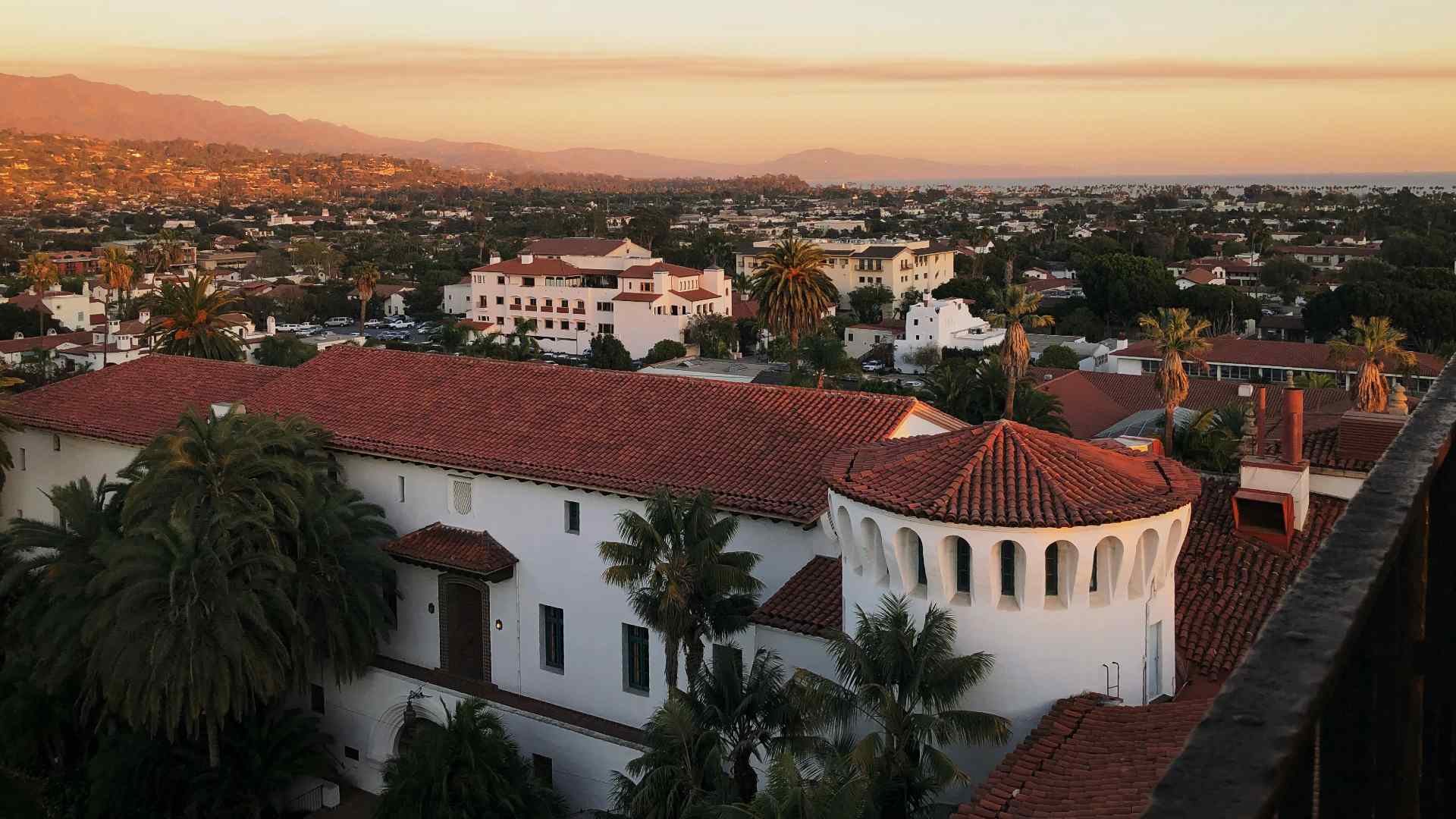How Santa Barbara County Made a Large-Scale Rezoning Project Easier With Housing Simulation Tech
By Polco on March 20, 2024

The County simplified a massive rezoning project with a tool that visualized their options and did the math for them.
At a Glance
- The County of Santa Barbara faced the difficult challenge of rezoning land for over 5,000 new housing units required by the State of California. The rezoned land also must meet low, middle, and high-income housing requirements.
- Planners needed a way to visualize potential land to rezone and ensure fair distribution across the large county.
- In real-time, officials used Polco’s Housing Simulation to calculate how much housing each area could accommodate on an interactive map. Officials could pick and choose potential rezone areas to balance the housing deficit. The simulation allowed them to experiment with different options to come up with fair and equitable solutions.
The Problem
Santa Barbara County Needed to Rezone Land for Residential Housing
The State of California presented a difficult challenge to the County of Santa Barbara. Each year, the state requires every county to rezone for residential growth.
Previous years were simple. Santa Barbara always had enough vacant land to meet state requirements. But 2024 was a whole different animal.
“This cycle has been very unique because demands from the state are exponentially higher than they have in any previous cycle,” said Eva Marrero, a planner for the County’s Long-range Planning Division. “The estimated population increase they're projecting is about tenfold what it was the last time.”
In total, the County must show they are zoned to build 5,664 units.
Marrero created an inventory of zoned sites to fit this need.
“We found that there's a big shortfall of vacant land that's appropriately zoned,” she said.
The requirements had additional complications as well. Santa Barbara County is huge, so the State divided the area into North and South coasts. The division prevents the county from shoving all the new rezones into one location; the county must also zone enough land across a mix of high, middle, and low-income levels. (Lower-income housing typically requires higher density, which means a different type of zone.)
In total, the shortfall was just over 3,000. But the County wanted to rezone an extra 15% of the requirement as a buffer for more lower- and moderate-income units (a total of 6,240 units).
“It's really the first time rezones have come into play at such a big scale,” Marrero said.
Plus, rezoning is always a hot-button issue. Residents typically resist residential rezoning and higher density in their neighborhoods.
So, how do you pick? How do decision-makers keep track of all the different areas to potentially rezone? How can leaders ensure they are rezoning fairly across the County?
The County needed a simple way to visualize the complex project.

The Solution
The County Used the Housing Simulation by Polco to Make Sense of All the Potential Options
“There are just so many numbers floating around in this exercise. We wanted a tool that can calculate the math for you in real-time as you hypothetically select or deselect certain sites to rezone. So Balancing Act [by Polco] was perfect,” Marrero said.
The Housing Simulation by Polco shows decision-makers exactly what zoning options are available on one interactive map. The simulation breaks down intricate planning concepts into simple terms so individuals without planning expertise can use the tool.
The color-coded visuals show which areas are already zoned (purple) and which areas have the potential to rezone (green). The green zones have a variety of housing affordability and density levels.
See a preview of the Santa Barbara County Housing Simulation presented by Zach Wolfe, former public servant and Polco consultant.
Decision-makers can select different green zones until they balance their housing shortfall. And since the selections are all shown together on a map, it’s easier to see that the rezoned areas are distributed fairly and evenly.
Multiple planning sessions are scheduled with the planning commission to collaborate on the Housing simulation and come up with zoning solutions. The commissioners will submit their suggestions to the board for final approval.
“The map can show everybody, ‘Okay, this number of proposed rezone sites is in this district versus this district.’ And so different board members can say, ‘Well, I don't want five sites to be rezoned in my district.’ So the map helps you see where these sites are,” Marrero explained.
In addition, the Planning Division has already launched the simulation with the public. Resident feedback will also be considered in the final solution.
Since rezoning is typically met with some resistance, the simulation educates residents on what’s possible. The results of their choices give the County data on what community members want. Marrero said she has already noticed some trends. She’s seen people avoid building near the Glen Annie golf course and a small rural neighborhood, where residents are worried about congestion and traffic flow.
“We have all this data of public opinion,” Marrero said. “I'm going to consolidate, take the averages of these anonymous submissions, and present those to the board when they're making their decisions and going through the simulation. And so they get to weigh in what the public wants as well as what they'd like to see.”
As a result of their outreach, Santa Barbara won an American Planning Association of California Public Outreach Award.
"This tool has transformed public engagement for the complex state-mandated [needs assessment] process in Santa Barbara County and I believe serves as an exemplary model that could significantly benefit public planning processes across California," said Joan Hartmann, the County's Third District Supervisor in the award application.
While the project already award-winning, the County is still in the process of selecting the final rezoning areas. The County will present the planning commission’s solutions to the board in the coming months.
Use the Housing Simulation in Your Community
The country faces a housing shortage crisis. Yet, building new housing is often a contentious community debate. The Housing Simulation gives you a bird’s eye view of possible housing solutions in your city. The tool can also help you build buy-in from residents by inviting them to see the trade-offs for themselves. Learn how to get started today!
Popular posts
Sign-up for Updates
You May Also Like
These Related Stories

How To Build Community Resilience with Input-based Planning

How Edmond Drives High Resident Satisfaction With Public Safety Services

